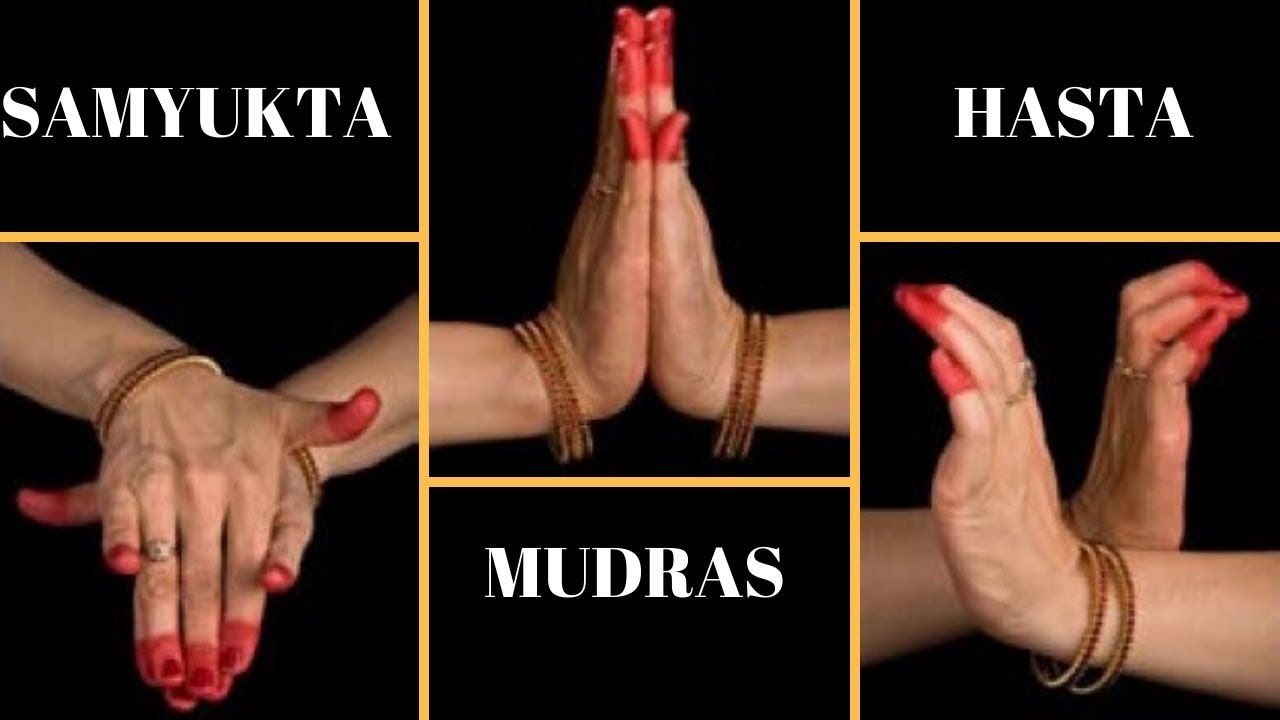
Bharatanatyam Mudras downfload
Bharata Natyam is an art which consecrates the body (.) the dancer, who dissolves her identity in rhythm and music, makes her body an instrument, at least for the duration of the dance, for the experience and expression of the spirit.. The gestures used in Bharatanatyam are called Hasta (or mudras). These symbols are of three types.

Indian Classical Dance Hand Mudras Gestures Stock Photo 2224983015
Mudras of Bharatnatyam form a very significant part of this dance form as it's considered the soul of Indian classical dance. Each mudra has a specific meaning and purpose behind them.

Portrait of Bharatanatyam dancer with multiple mudras over white
Mudras - One of the most striking features of Indian classical dance.

Lavanya Ananth's Bharatanatyam performance at the University of
Super slow motion demonstration of Asamyuta Hastas with the meaning, directions to hold the hasta and a practice track.
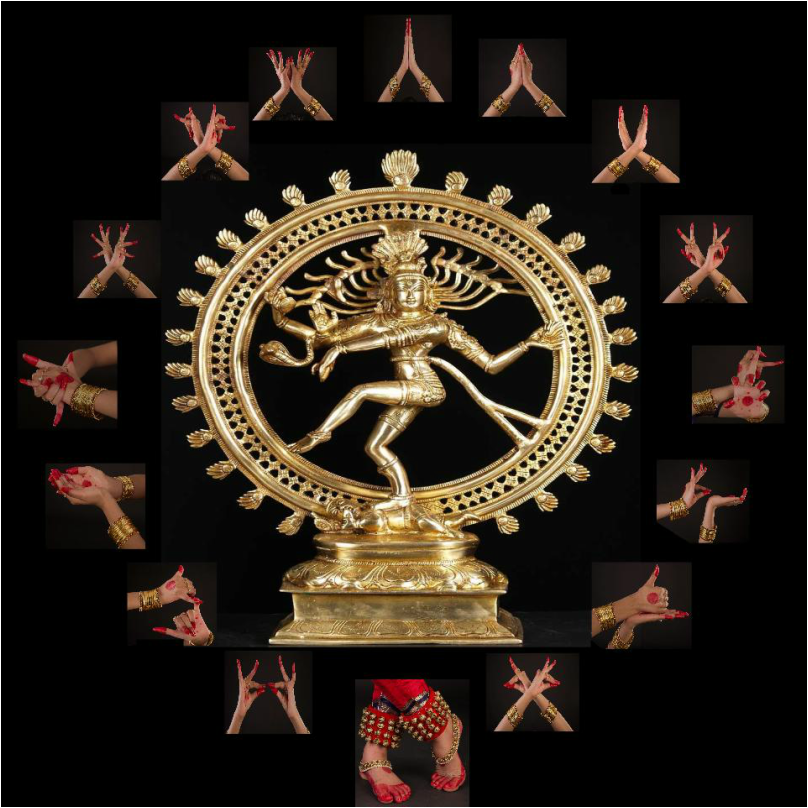
Mudras Bharatanatyam Arangetram
ANTARA BHADRA - SRADDHANJALI Asamyukta hasta mudras i.e. single hand gestures are expressions to be shown by a hand. According to abhinaya darpan there are 28 asamukta hasta mudras. 1. P.
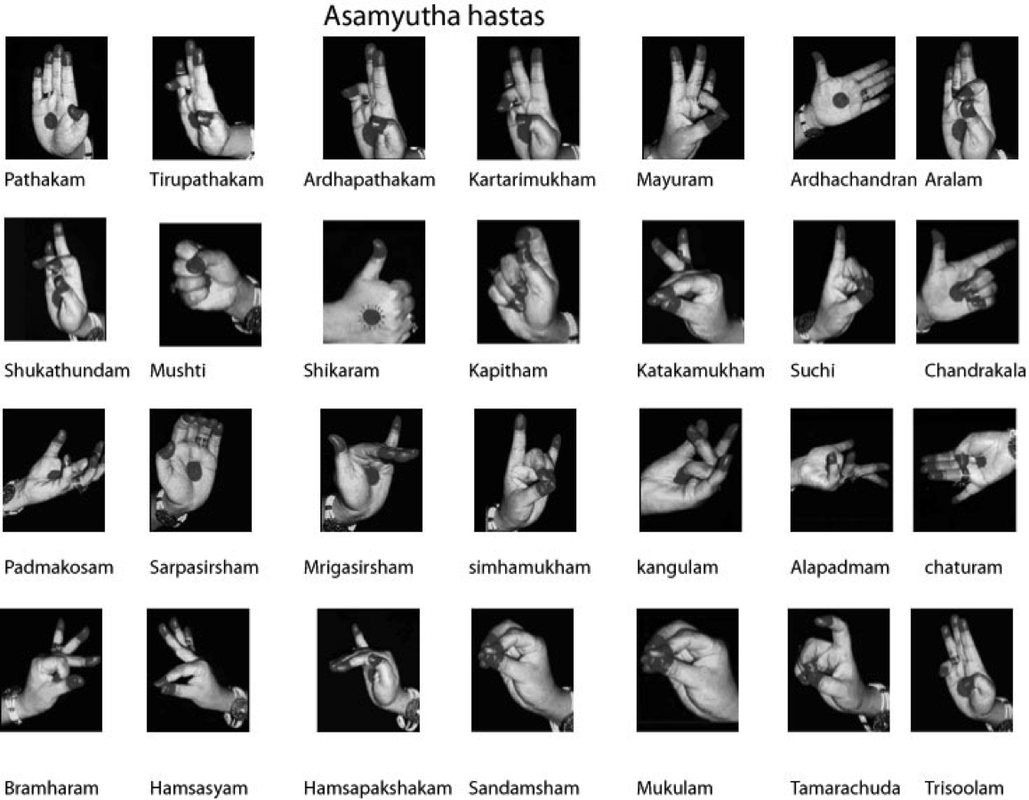
Mudras used in kathak while dancing and its meaning ANUSHKA_GHUGE
0:00 / 1:53 Mudras in bharatanatyam Esplanade - Theatres on the Bay 15.2K subscribers Subscribe 1.6K Share 157K views 5 years ago A bharatanatyam dancer is a storyteller. In this video,.

Mudras Indian classical dance, Kathak dance, Dance poster
Here are the following 13 Bharatanatyam mudras: 1. Pataka Mudra 2. Tripataka Mudra 3. Mayura Mudra 4. Ardha Chandra Mudra 5. Alpadma Mudra 6. Trishula Mudra 7. Arala Mudra 8.
Mudras in Bharatanatyam Kalakal Art Academy
0:00 / 16:12 Bharatanatyam Mudras - Learn Asamyuta Hasta Viniyoga [HD] (Video Lesson for Beginners) Kalavenue 38.4K subscribers Subscribe Subscribed 6.7K 937K views 10 years ago Foundation.

All of the hand gestures in Bharata Natyam are set and have their own
Bharatanatyam classifies mudras into two main categories: Asamyukta (single-hand gestures) and Samyukta (double-hand gestures). Asamyukta mudras involve a single hand, while Samyukta mudras use both hands in a synchronized manner. Each category boasts an extensive repertoire of gestures, offering a diverse palette for artistic expression..

Bharatanatyam Mudras Pragna Official
Samridhi is an initiative to teach Indian Classical-Bharathanatyam through video tutorials online. Founded in 2016,Samridhi has reached over 4 Million People.

mudras Google Search Art Bouddhique, Indiana, Kathak Dance, Hand
Aasamyukta Hasta Mudras, also known as single hand gestures, are a type of hand gestures used in Bharatanatyam, a classical dance form from South India. These gestures are performed using only one hand, while the other hand is usually held in a specific position, known as Abhaya or Pataka Hasta.

Danseuse de Bharata natyam danse classique indienne très ancienne
Mudras | Nritya Natyam

Bharatanatyam+Costume+Blue Classical Indian Dance Costumes Indian
Mudras, the hand gestures employed in Bharatanatyam, hold immense symbolic meaning, and play a vital role in storytelling. Each mudra carries its own essence, depicting various emotions, deities, and natural elements. For instance, the "Anjali" mudra signifies respect and salutation, while the "Katakamukha" mudra represents a peacock.
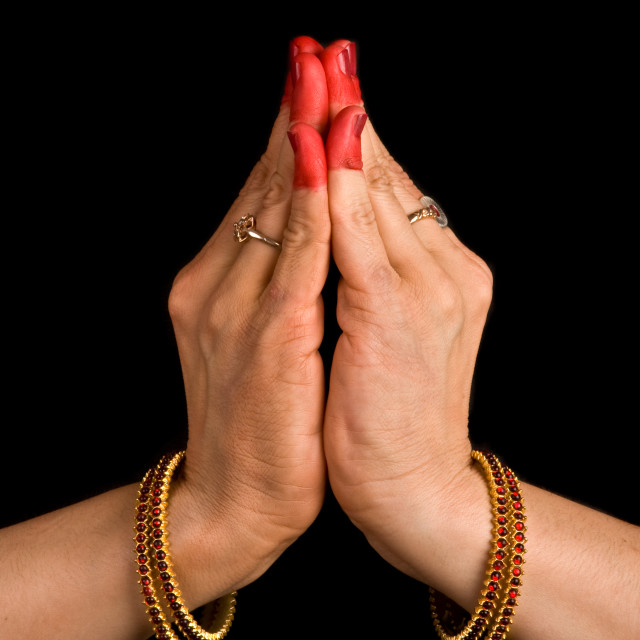
These Mudras In Bharatanatyam Are Too Beautiful For Eyes
In Bharatanatyam, the classical dance of India performed by Lord Nataraja, approximately 51 root mudras (hand or finger gestures) are used to clearly communicate specific ideas, events, actions, or creatures in which 28 require only one hand, and are classified as `Asamyuta Hasta', along with 23 other primary mudras which require both hands and.

Anjali mudras hires stock photography and images Alamy
Kartarimuka Kartarimuka Mukha Mudras are also used in Bharatnatyam to symbolize certain things while dancing. One such Mukha mudra is the Kartarimukha mudra, which means the Arrow-Shaft face or the Scissors Face. In dance, this mudra is used to symbolise many things like separation, distress, death or disagreement. Mayura Mayura
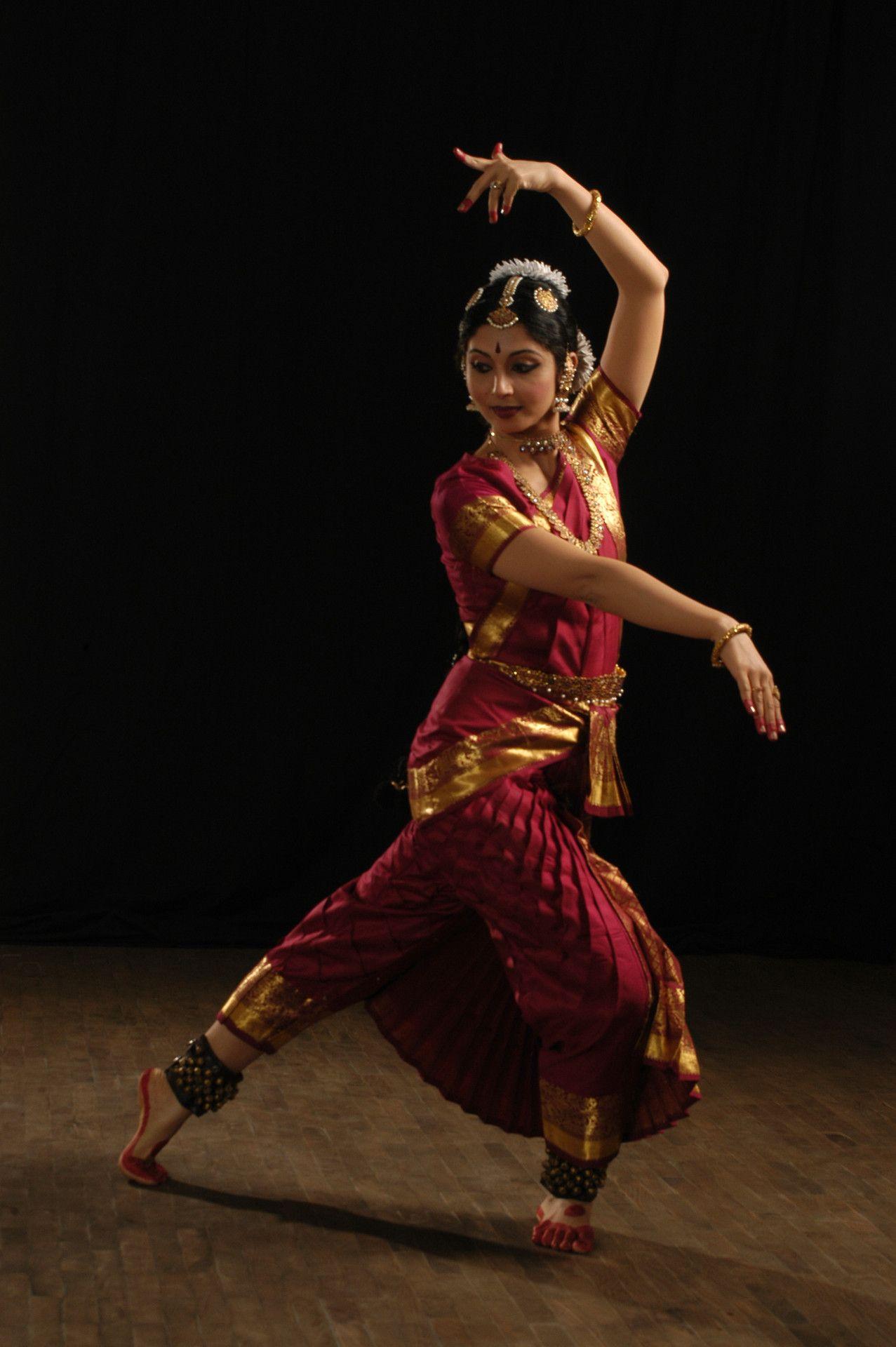
Bharatanatyam Wallpapers Top Free Bharatanatyam Backgrounds
Approximately, 55 root mudras (hand/finger gestures) in Bharatanatyam are used to communicate specific ideas, events, actions, or creatures in which 32 require only one hand, and are classified as `Asamyukta Hasta', along with 23 other primary mudras which require both hands and are classified as 'Samyukta Hasta.